Natural Hair Care Routine: The Complete Guide to Healthy Hair Without Chemicals (2025)
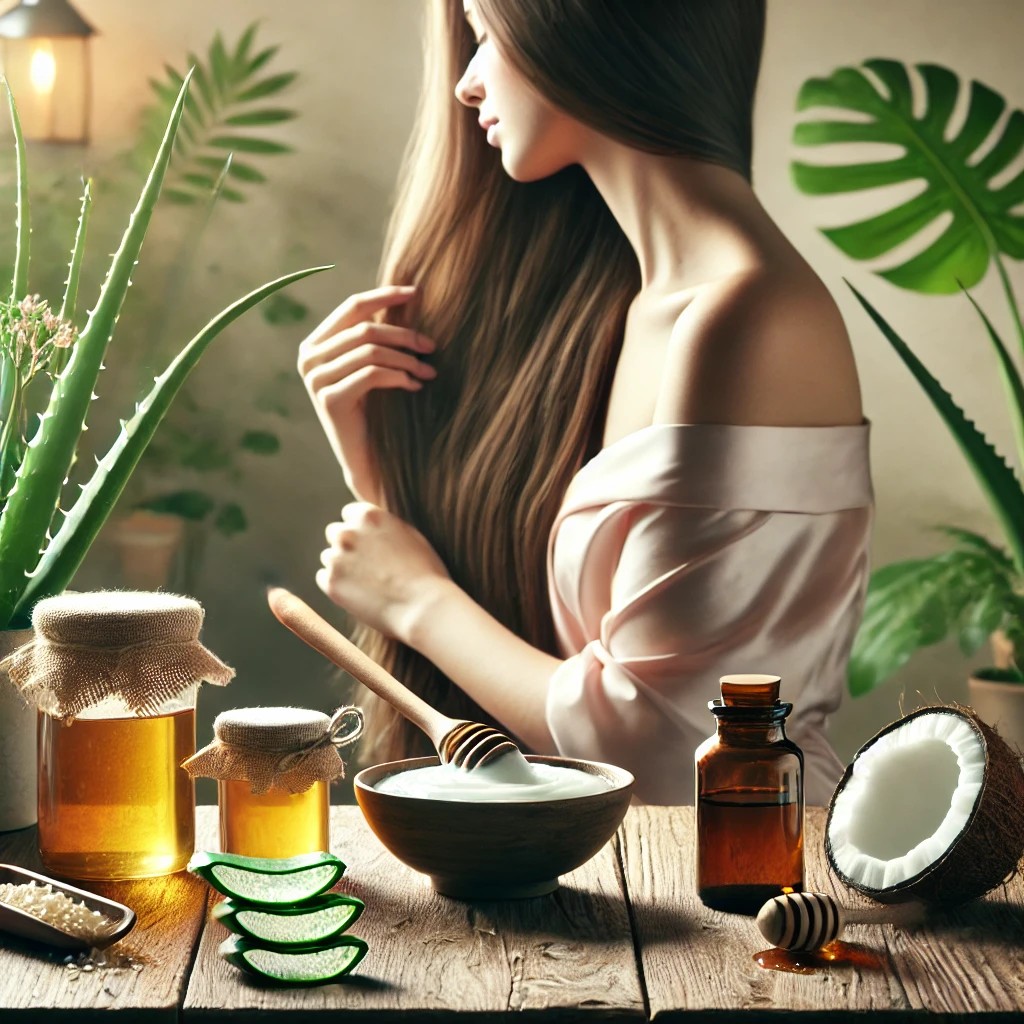
Last updated on July 18th, 2025 at 05:21 am
Have you ever turned your shampoo bottle around and almost believed you are short of a chemistry degree to know what in the world it actually contains? 🤔 I did, and that’s what motivated me to find natural hair care alternatives. Years of struggling with brittle, damaged hair and suffering from scalp discomfort due to harsh chemical products, is what made me fed_ up one day.
What I found on my natural haircare routine pursuit was enlightening. I not only discovered that most store-bought hair products are FILLED with sulfates, parabens, synthetic fragrances – but I realized it doesn’t have to be that way and that God gave us everything we need to keep our hair healthy. The change in the health of my hair — from lifeless and brittle to vibrant and strong — was not just visible, it was radical.
Unlock Radiant Skin: The Ultimate Beauty Routine to Pair with Your Hair Care for a Complete Glow-Up!”
In this ultimate guide I’ll show you what I know when it comes to getting awesome, natural hair without unnatural chemical treatments. From knowing your specific hair type to developing rock-solid DIYs, let’s dive into seven NEED-TO-KNOW tips when it comes to natural hair care game changers that will take you from 2020 to 2025. Whether it’s the beginning of your natural hair journey or a refinement to your current routine, the guide below will help you take the power of nature into your hair for your healthiest hair ever. 🌿💆♀️
Read more about must-have natural hair care products for nourished and vibrant hair.
Understanding Your Natural Hair
Different Hair Types and Textures
I’ve found that understanding hair types is crucial for proper care. Here’s my breakdown of the main hair types and their characteristics:
| Type | Description | Common Traits |
|---|---|---|
| Type 1 | Straight | Fine to coarse, tends to get oily |
| Type 2 | Wavy | S-pattern, prone to frizz |
| Type 3 | Curly | Springy, needs more moisture |
| Type 4 | Coily | Tight curls, very moisture-dependent |
Identifying Your Hair’s Porosity
My take is that porosity is the holy grail of hair care. How I test my porosity below here’s what I do:
- Float test: Place a clean strand in water
- Slide test: Run fingers up the hair shaft
- Spray test: Observe water absorption
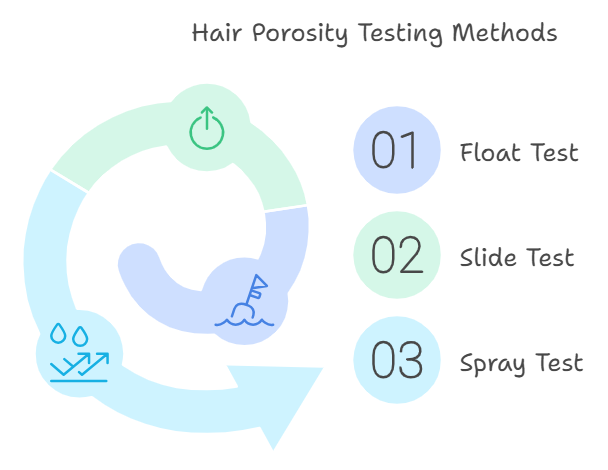
My porosity guide:
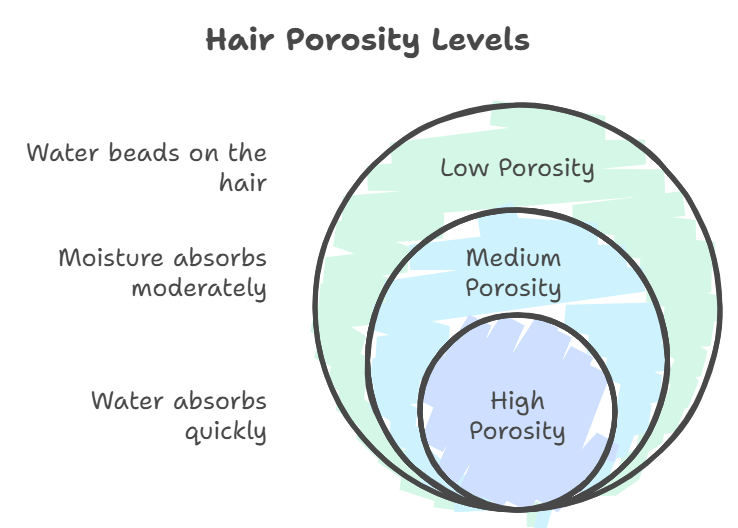
Common Hair Problems Without Chemicals
These are the chemical-free options I’ve discovered through my journey with natural hair:
- Tack on added moisture: I rely on the natural oils of jojoba, argan
- Frizz: I apply aloe vera gel and flaxseed gel
- Breakage: I depend on protein treatments such as rice water
- Scalp problems: I have tea tree oil and neem oil remedies
Once you uncover your hair type and porosity, the next step is figuring out which organic ingredient is going to be best for what your hair needs. In my natural hair journey, ingredients matters alot when it comes to having a healthy and long natural hair.
Read more about must-have natural hair care products for nourished and vibrant hair.
Essential Natural Ingredients for Hair Care
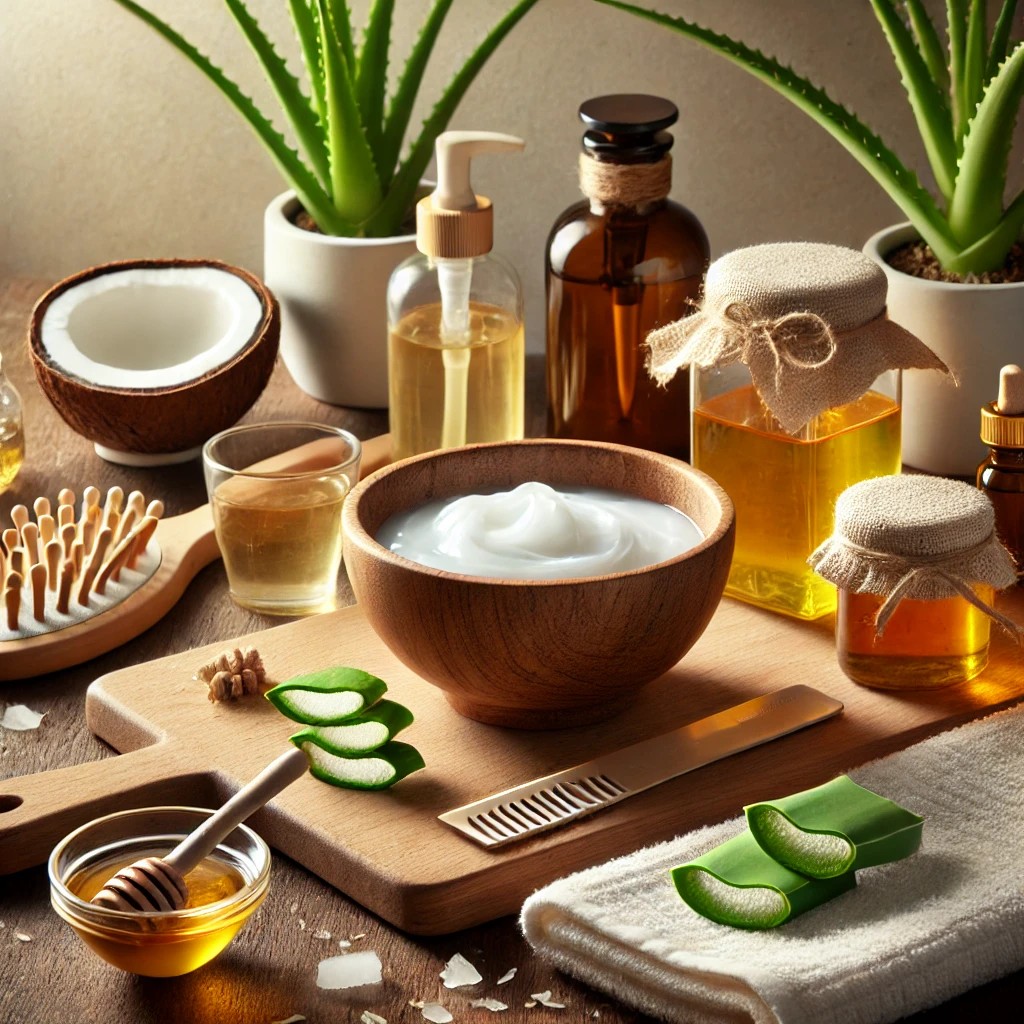
Plant-Based Oils and Their Benefits
I’ve discovered that plant-based oils are absolute game-changers for natural hair care. Here are my top recommendations:
| Oil Type | Primary Benefits | Best For |
|---|---|---|
| Coconut Oil | Deep penetration, protein retention | Dry, damaged hair |
| Argan Oil | Moisture, shine, UV protection | Frizzy, brittle hair |
| Jojoba Oil | Scalp balance, sebum regulation | Oily scalp |
| Castor Oil | Growth stimulation, thickness | Thin, sparse hair |
Herbal Extracts for Hair Growth
In my experience, these herbal extracts have shown remarkable results:
- Rosemary – Stimulates follicles and increases circulation
- Nettle – Reduces hair loss and adds shine
- Horsetail – Strengthens strands with natural silica
- Aloe Vera – Soothes scalp and promotes growth
Kitchen Ingredients for Hair Health
I rely on these common kitchen ingredients for my hair care:
- Apple Cider Vinegar – Clarifies and balances pH
- Honey – Natural humectant and antibacterial agent
- Eggs – Protein-rich conditioning treatment
- Yogurt – Moisturizes and fights dandruff
Natural Butters and Waxes
My favorite natural butters and waxes include:
| Product | Function | Usage Tips |
|---|---|---|
| Shea Butter | Deep moisturizing | Use sparingly on ends |
| Cocoa Butter | Sealing moisture | Best for thick hair |
| Candelilla Wax | Natural hold | Perfect for styling |
| Mango Butter | Light conditioning | Great for fine hair |
Now that you have learned about these essential elements, let’s see how they can fit in your daily hair care routine.
Creating Your Natural Hair Care Routine
Daily Maintenance Tips
Over the years I’ve realized a good day to day regimen is a necessity to maintain healthy natural hair. I start off by finger detangling and lightly moisturizing my hair with oils. I keep my hair protected at night with a silk or satin bonnet to avoid any unwanted friction and potential dryness.
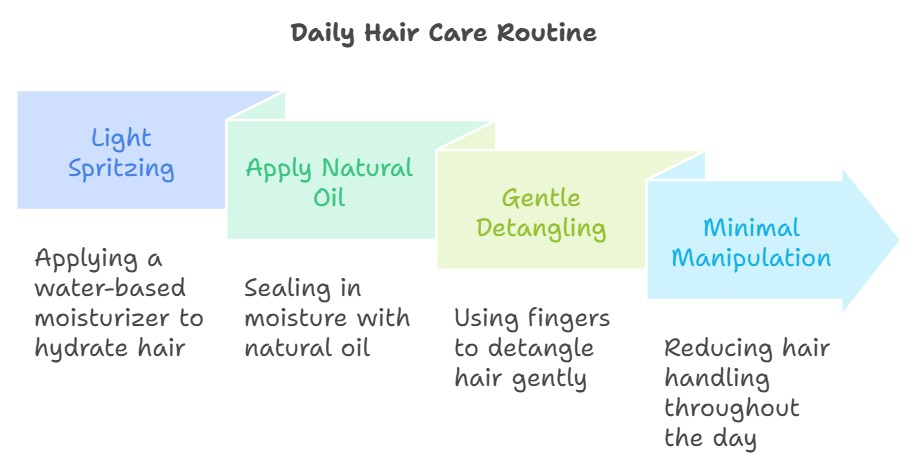
Weekly Deep Conditioning
I dedicate weekly time to deep conditioning, which has transformed my hair health. Here’s my proven weekly treatment schedule:
| Treatment | Duration | Benefits |
|---|---|---|
| Pre-poo | 30 mins | Prevents stripping |
| Cleansing | 5 mins | Removes buildup |
| Deep condition | 45 mins | Adds moisture |
| Oil treatment | 15 mins | Seals nutrients |
Monthly Treatments and Scalp Care
My monthly regimen includes a thorough scalp treatment and protein balance check. I perform a scalp massage with essential oils to stimulate growth and maintain scalp health.
Seasonal Hair Care Adjustments
I adjust my routine based on the season:
- Summer: Extra protection from UV rays
- Winter: Heavier oils and more frequent moisturizing
- Spring/Fall: Balanced approach with medium-weight products
Protective Styling Methods
I rotate between various protective styles to minimize manipulation and retain length:
- Two-strand twists
- Bantu knots
- Crown braids
- Low manipulation buns
Now that we understand the importance of a consistent routine, let’s explore some DIY natural hair recipes that can enhance these practices.
DIY Natural Hair Recipes
Homemade Shampoo Alternatives
I’ve found that using bentonite clay is another great option for natural shampoo. I combine 2 tablespoons of clay with apple cider vinegar and water until I get a smooth paste. When I feel like extra cleansing, I add a couple drops of rosemary essential oil.
Here’s my tried-and-tested recipe chart:
| Ingredient | Amount | Benefit |
|---|---|---|
| Bentonite Clay | 2 tbsp | Detoxifies |
| Apple Cider Vinegar | 1 tbsp | Balances pH |
| Water | 3-4 tbsp | Creates consistency |
| Rosemary Oil | 3-4 drops | Stimulates growth |
Natural Conditioning Masks
Through experimentation, I’ve developed several effective conditioning masks. My favorite combines:
- 1 ripe avocado
- 2 tablespoons coconut oil
- 1 tablespoon honey
- 1 egg yolk (for protein)
Scalp Treatment Blends
I regularly use these therapeutic scalp treatments:
- Growth Blend:
- 2 tbsp castor oil
- 5 drops peppermint oil
- 3 drops tea tree oil
- Soothing Blend:
- 2 tbsp aloe vera gel
- 3 drops lavender oil
- 1 tbsp neem oil
I’ve found these to work especially well on keeping hair healthy without all the harsh chemicals. Be sure to do a patch test anytime trying out new concoctions on your head or hair. So it’s only fitting there’s tons of natural remedies in their tool belt to encourage and promote the healing of these conditions!When it comes to tools and techniques for using these natural remedies..
Transitioning from Chemical Products
As I’ve discovered through my own natural hair journey, transitioning from chemical products requires patience and a well-planned strategy. Here’s my comprehensive guide to making this important shift.
Read more about must-have natural hair care products for nourished and vibrant hair.
Step-by-Step Transition Guide
- Initial Assessment
- Document current hair condition
- Take “before” photos
- Note chemical treatments used
- Gradual Product Replacement
- Week 1-2: Replace shampoo
- Week 3-4: Switch to natural conditioner
- Week 5-6: Introduce natural styling products
Managing Two Textures
I’ve found that dealing with two different hair textures is one of the biggest challenges. Here’s my strategy table:
| Texture Type | Management Technique | Recommended Products |
|---|---|---|
| New Growth | Moisturize daily | Natural oils, butters |
| Processed Ends | Deep condition weekly | Protein treatments |
| Both Textures | Protective styling | Leave-in conditioners |
Timeline Expectations
My typical transition timeline looks like this:
- Months 1-3: Initial adjustment phase
- Months 4-6: New growth becomes noticeable
- Months 7-12: Major texture difference management
- Month 12+: Consider big chop if desired
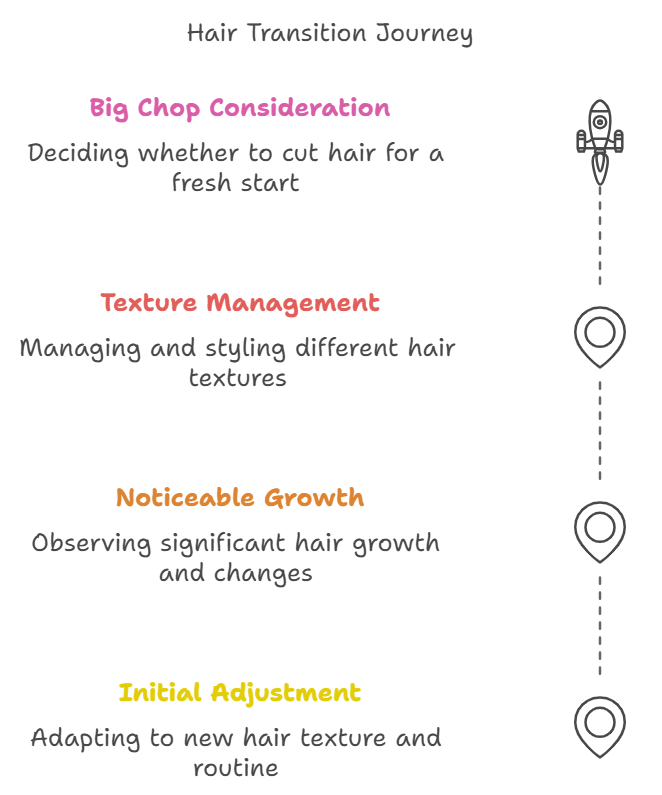
Common Transition Challenges
Through my experience, I’ve identified these main challenges:
- Breakage at the demarcation line
- Moisture balance differences
- Styling difficulties
- Product confusion
To address these issues, I focus on protective styling and regular deep conditioning. Using protein treatments bi-weekly helps strengthen the demarcation line where my natural and chemically treated hair meet.
Now that you understand the transition process, let’s explore how lifestyle factors can support your natural hair journey.
Lifestyle Factors for Healthy Hair
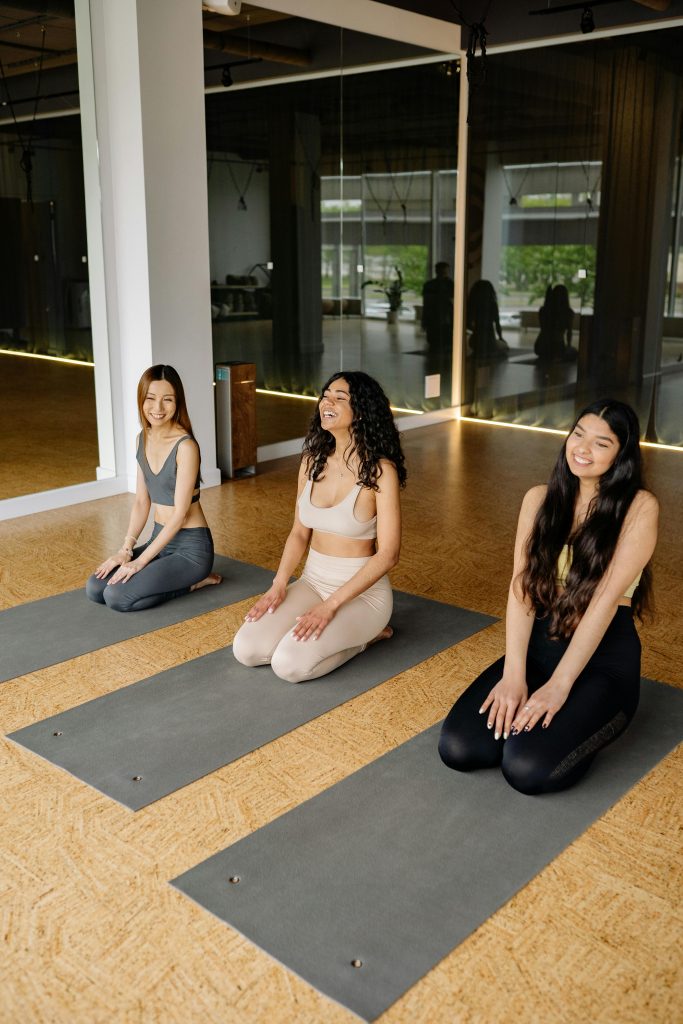
Nutrition for Hair Growth
I’ve discovered that what I eat directly impacts my hair health. Through my research and personal experience, I’ve identified key nutrients that promote strong, healthy hair growth:
| Nutrient | Food Sources | Benefits |
|---|---|---|
| Biotin | Eggs, nuts, seeds | Strengthens hair structure |
| Iron | Leafy greens, lentils | Prevents hair loss |
| Omega-3 | Salmon, chia seeds | Adds shine and reduces inflammation |
| Protein | Beans, quinoa | Builds hair structure |
Sleep and Stress Management
I’ve learned that getting adequate sleep (7-9 hours) is crucial for hair health. During sleep, my body repairs and regenerates hair follicles. To manage stress, I practice:
- Daily meditation (10-15 minutes)
- Deep breathing exercises
- Regular scalp massage
- Mindful hair care routines
Exercise and Hair Health
I make sure to exercise regularly as it improves blood circulation to my scalp. Here’s what works best for me:
- Yoga inversions for increased blood flow
- Moderate cardio 3-4 times weekly
- Post-workout scalp cleansing
- Proper hydration during workouts
The connection between my lifestyle choices and hair health became clear when I started paying attention to these factors. Maintaining a balanced diet, managing stress levels, and staying active have made a significant difference in my hair’s appearance and growth rate. Looking ahead, I’ll explore the essential tools and techniques that complement these lifestyle changes for optimal hair health.
Tools and Techniques for Natural Hair Care
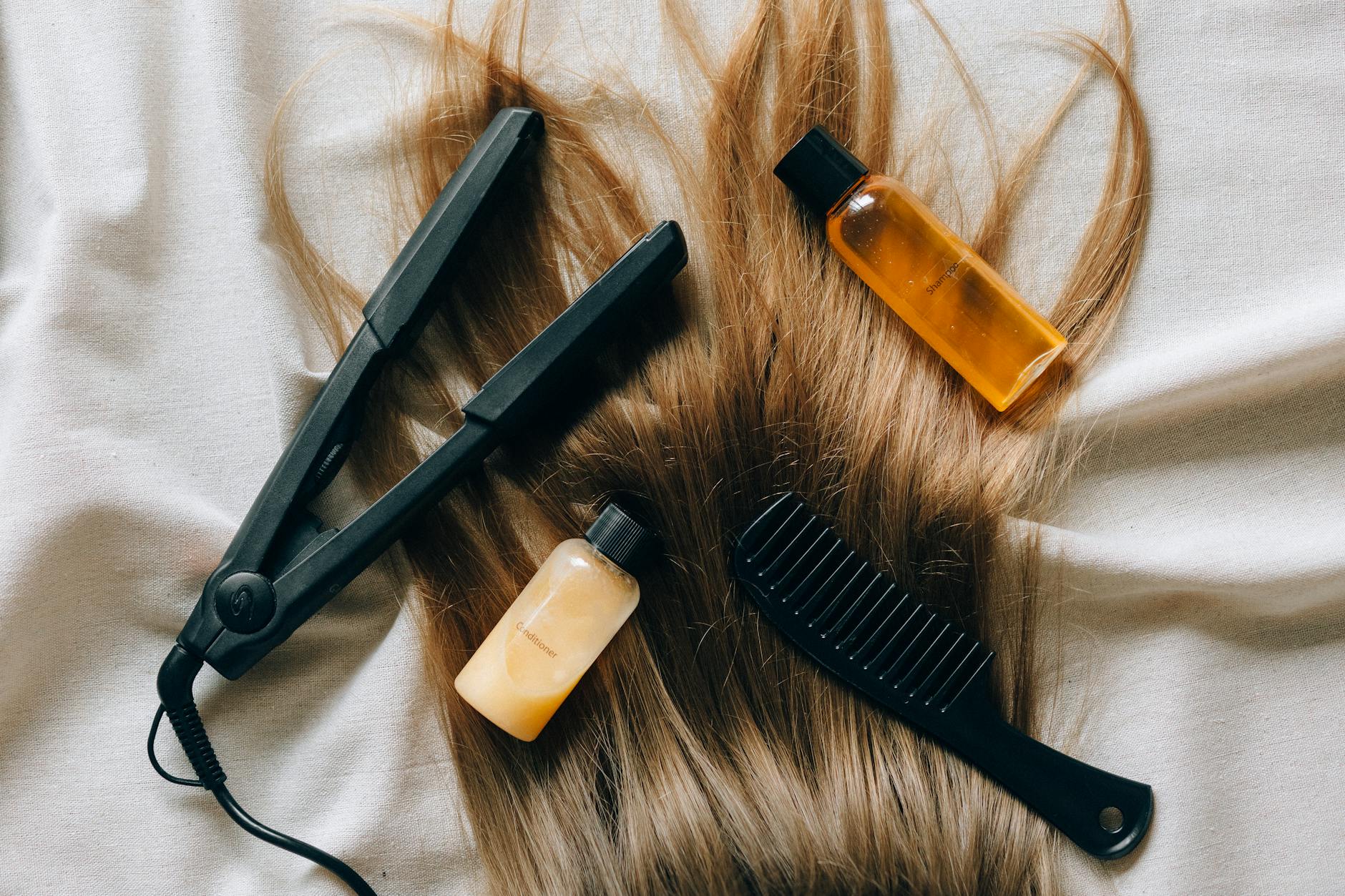
Natural Hair-Friendly Tools
I’ve found these essential tools indispensable for maintaining healthy natural hair:
- Wide-tooth wooden comb
- Boar bristle brush
- Microfiber towel
- Silk/satin bonnet
- Spray bottle for moisture
Proper Detangling Methods
I always follow this sequence when detangling my hair:
- Section hair into 4-6 parts
- Apply detangling oil or conditioner
- Start from tips, working upward
- Use fingers first, then a wide-tooth comb
Drying Techniques
Here’s my comparison of effective natural drying methods:
| Method | Best For | Time Required |
|---|---|---|
| Air drying | All hair types | 2-4 hours |
| Plopping | Curly/wavy hair | 30-60 mins |
| Microfiber wrap | Fine/medium hair | 1-2 hours |
Styling Without Heat
I rely on these heat-free styling techniques:
- Twist-outs using aloe vera gel
- Bantu knots with shea butter
- Braid-outs using flaxseed gel
- Roller sets with marshmallow root
I’ve discovered that overnight styling works best – I apply my chosen natural styling product, create the desired pattern, and secure it with a silk scarf. By morning, my hair is perfectly set without any heat damage. For daytime maintenance, I keep a spray bottle filled with rose water and aloe vera juice to refresh my style.
For maintaining these styles, I protect my hair at night using a silk pillowcase and bonnet. Next, we’ll explore how lifestyle choices affect our hair health beyond these styling techniques.
Frequently Asked Questions(FAQs): For your Natural Hair Care Routine
Conclusion
Throughout my natural hair care journey, I’ve discovered that achieving healthy, beautiful hair doesn’t require harsh chemicals or expensive products. By understanding our unique hair type, embracing natural ingredients, and developing a consistent care routine, we can nurture our hair back to its vibrant, natural state. The simple yet effective combination of essential oils, herbs, and proper techniques has transformed not just my hair health but my entire approach to personal care.
I encourage you to take the first step towards chemical-free hair care today. Start small by incorporating one natural ingredient or technique into your routine, and gradually build from there. Remember, healthy hair is a journey, not a destination, and the switch to natural hair care is one of the best investments you can make for your long-term hair health. Trust me, your hair will thank you for making this positive change.
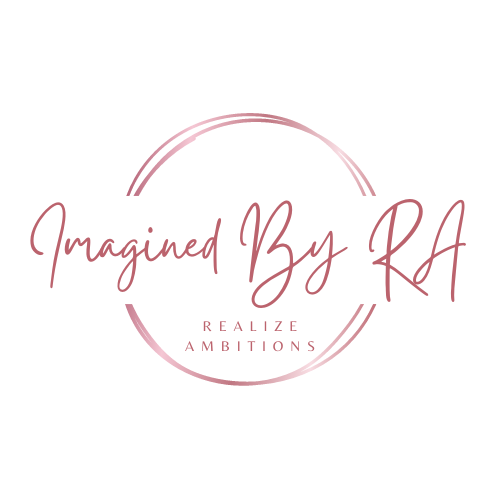
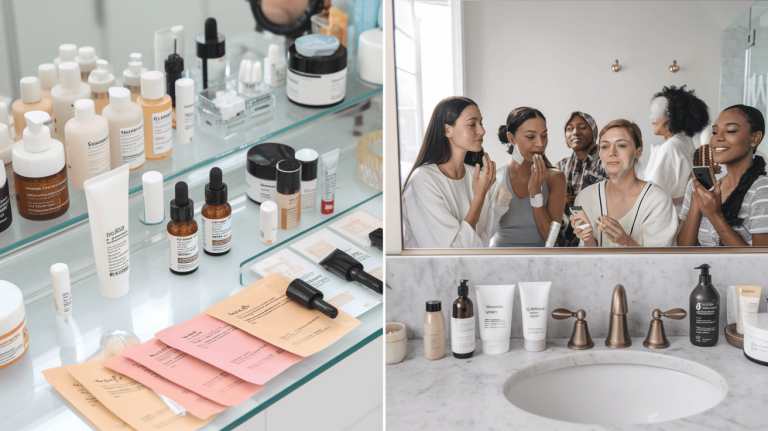
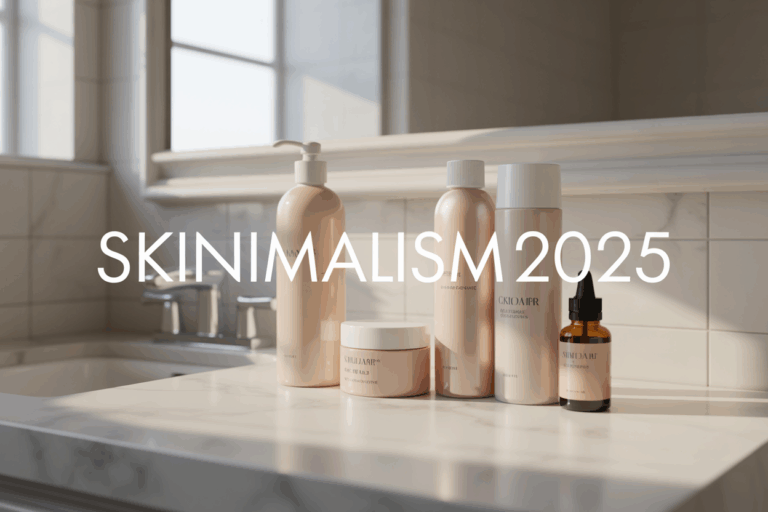
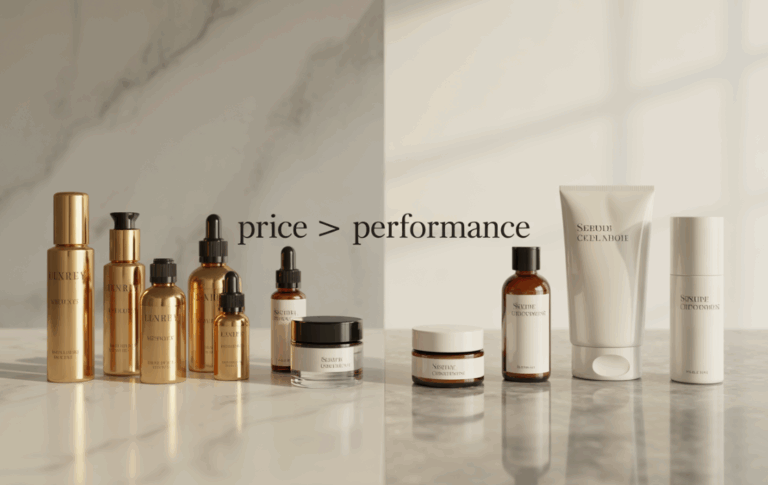
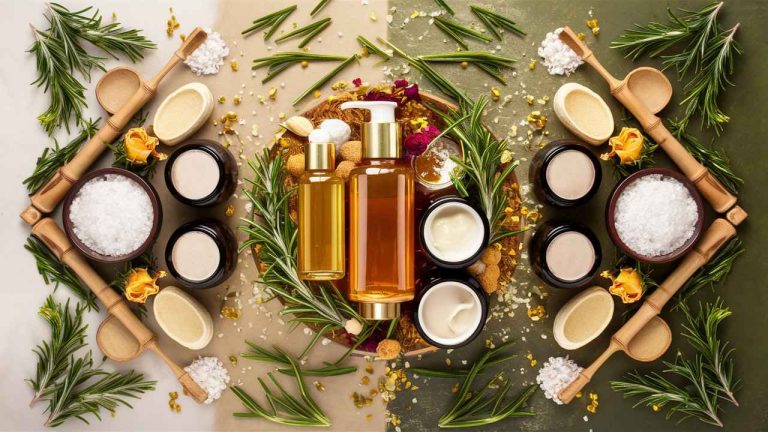
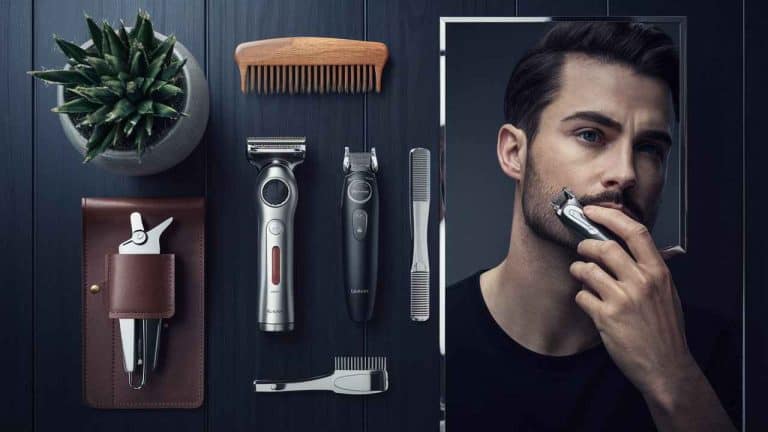
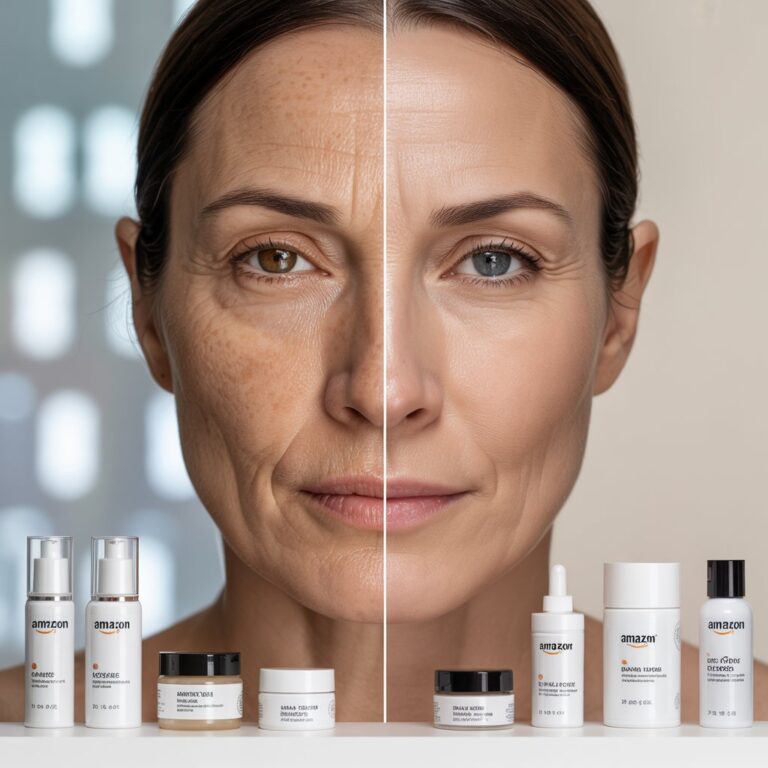
I know this if off topic but I’m looking into starting my own blog and was
wondering what all is required to get setup? I’m assuming having a blog like yours would cost a pretty penny?
I’m not very web smart so I’m not 100% positive. Any tips or advice would be greatly appreciated.
Cheers
I like the valuable info you provide in your articles.
I’ll bookmark your weblog and check again here regularly.
I am quite sure I will learn many new stuff right here!
Best of luck for the next!
imaginedbyra.com
imaginedbyra.com
imaginedbyra.com
Super-Duper website! I am loving it!! Will be back later to read some more. I am bookmarking your feeds also.
Thank you, I’ve just been searching for info approximately this subject for ages and yours is the greatest I’ve
came upon till now. However, what concerning the conclusion? Are you certain about the source?
I was more than happy to find this page. I wanted to thank you for ones time due to this fantastic read!!
I definitely really liked every part of it and i also have you book marked to check out new things in your blog.
Hi there, I found your site by means of Google while looking for a
similar subject, your web site got here up, it appears great.
I have bookmarked it in my google bookmarks.
Hello there, just become aware of your weblog thru Google, and
found that it’s truly informative. I am gonna watch out for brussels.
I will be grateful when you continue this in future.
Lots of folks will likely be benefited out of your writing.
Cheers!
Hey there fantastic blog! Does running a blog similar
to this require a large amount of work? I’ve very little knowledge of programming however I was hoping to start my own blog soon. Anyhow, should you have any suggestions or
tips for new blog owners please share. I understand this is off topic however I just needed
to ask. Thank you!
To the imaginedbyra.com webmaster, Thanks for the well-written and informative post!
Hello imaginedbyra.com administrator, Well done!
Hello imaginedbyra.com administrator, You always provide valuable feedback and suggestions.
Dear imaginedbyra.com administrator, Your posts are always informative and up-to-date.
Dear imaginedbyra.com owner, Thanks for the well-researched post!
Dear imaginedbyra.com administrator, Keep up the good work!
I blog often and I really appreciate your information. The article has truly peaked my interest.
I’m going to take a note of your blog and keep checking for new details about once a week.
I subscribed to your Feed as well.
Hello there, just become alert to your weblog thru Google, and found that it is really informative. I’m going to watch out for brussels. I will be grateful in the event you continue this in future. Many people will likely be benefited from your writing. Cheers!
To the imaginedbyra.com owner, Keep up the good work, admin!
Hello! I’m at work surfing around your blog from my new apple
iphone! Just wanted to say I love reading through your blog and look forward to all your posts!
Carry on the outstanding work!
Hello mates, its fantastic piece of writing on the
topic of teachingand fully defined, keep it up all the
time.
great put up, very informative. I wonder why the other specialists of this sector don’t realize this. You should continue your writing. I am sure, you have a huge readers’ base already!
Woah! I’m really enjoying the template/theme of this website. It’s simple, yet effective. A lot of times it’s very difficult to get that “perfect balance” between user friendliness and appearance. I must say you’ve done a amazing job with this. Also, the blog loads extremely quick for me on Chrome. Exceptional Blog!
Write more, thats all I have to say. Literally, it seems as though you relied on the video to make your point. You obviously know what youre talking about, why throw away your intelligence on just posting videos to your site when you could be giving us something informative to read?
Regards for this wonderful post, I am glad I found this web site on yahoo.